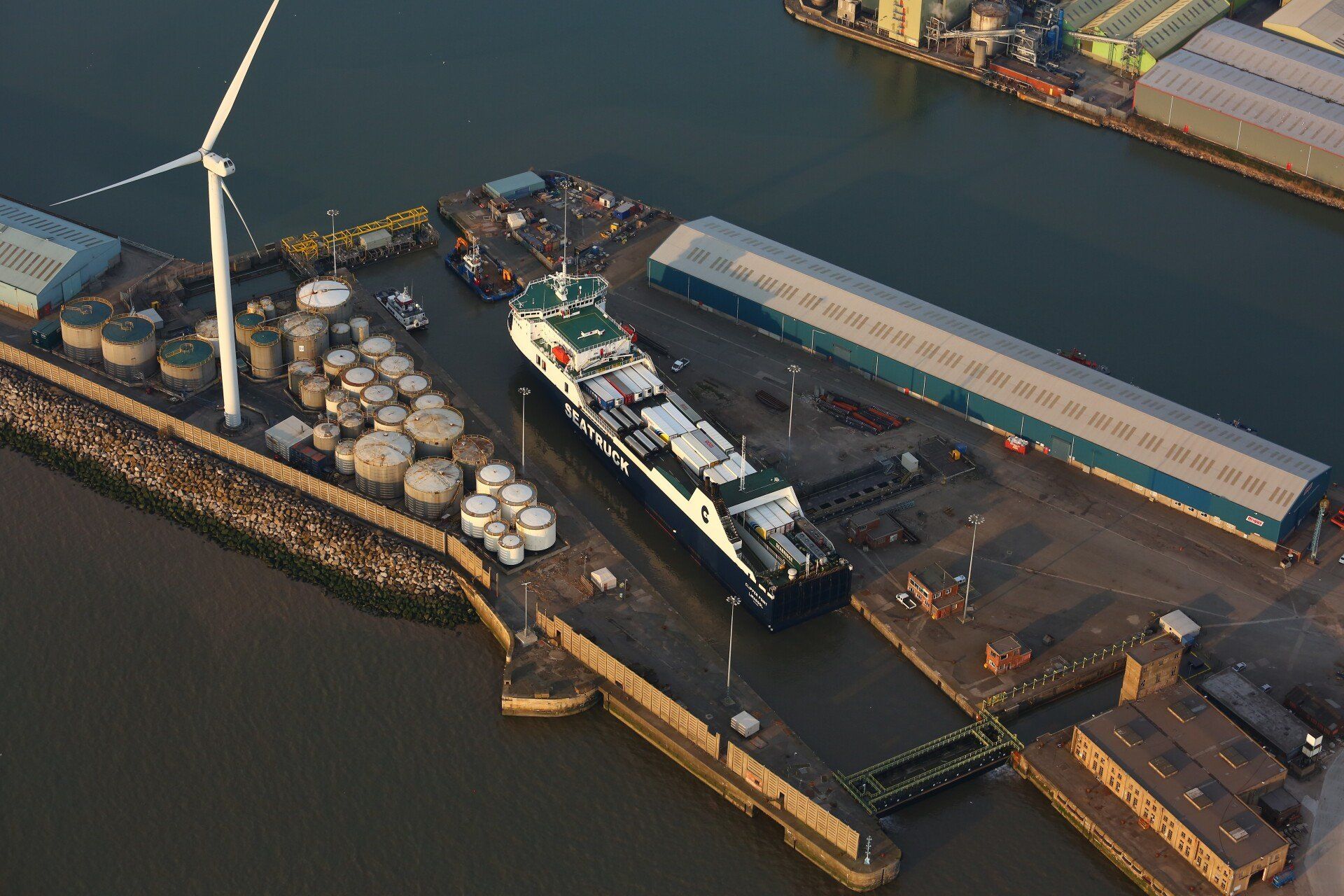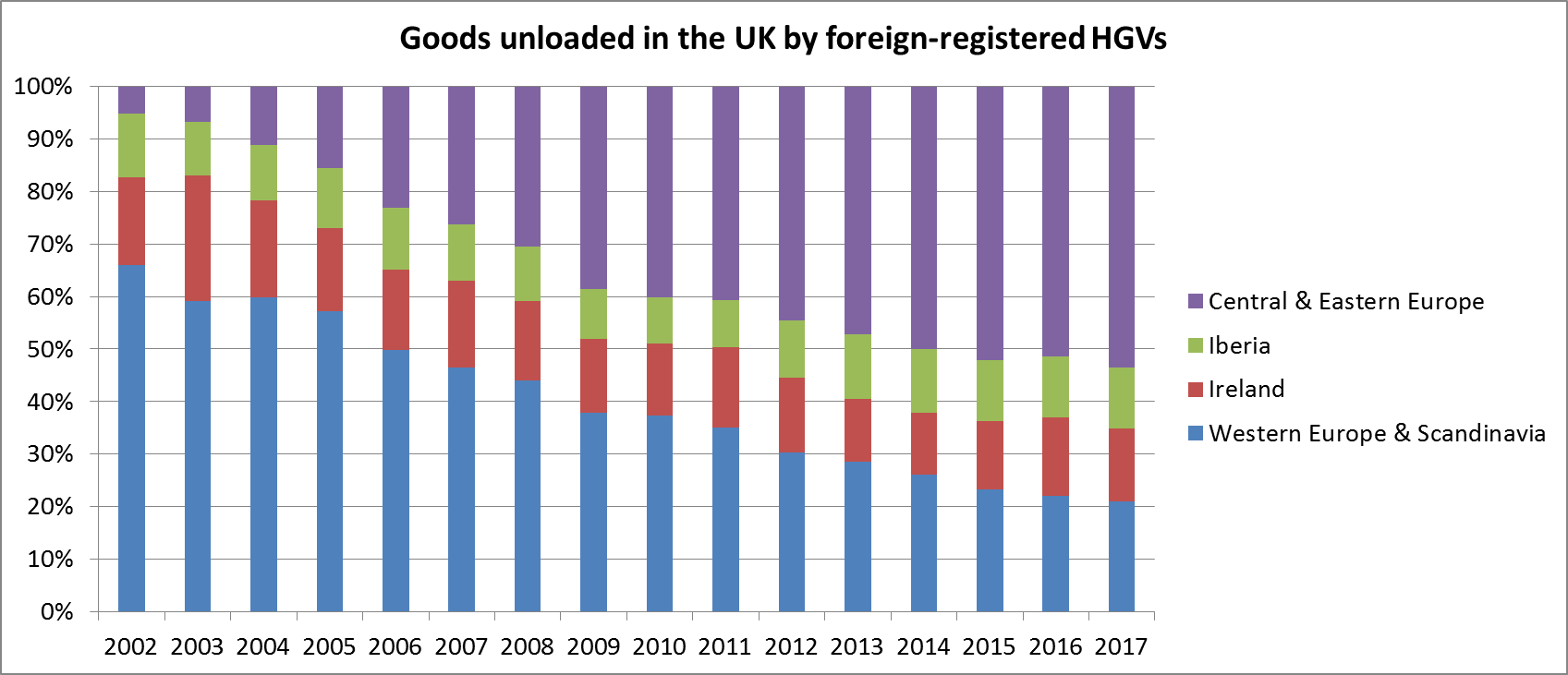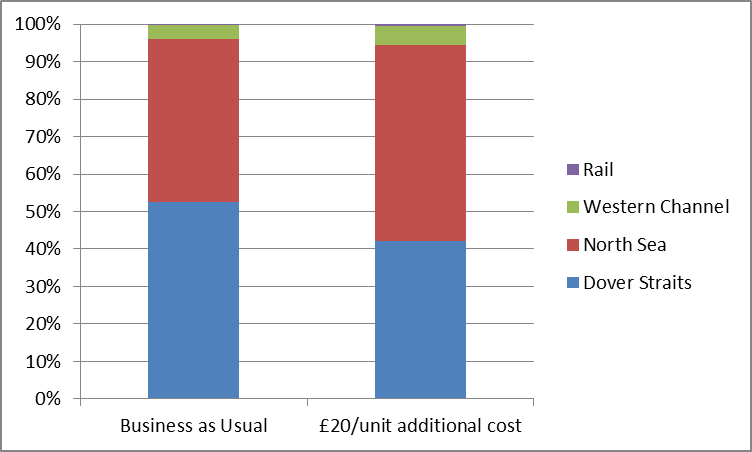
Following the trials and tribulations of coping with the UK’s economic exit from the European Union on 1st January 2021 and the on-going uncertainty about negotiations on the Northern Ireland Protocol, the latest development in the Irish Sea RORO market is the acquisition of Seatruck Ferries by CLdN which was announced on 20th September. This continues a general trend for consolidation in the European RORO industry, but may not cause competition concerns in the Irish Sea market.

MDS Transmodal launched its Freight Data Hub at the Modelling World Conference in Birmingham on 9th June 2022. The Freight Data Hub is a new way for the public sector, transport planning consultants and commercial organisations in Great Britain to access high quality and robust freight transport data. It directly addresses the need for “new and better data” on freight that was originally asserted by the National Infrastructure Commission in 2018 and now partially endorsed by the Department for Transport’s Future of Freight: a long-term plan which was launched by Trudy Harrison MP, Parliamentary Under Secretary of State for Transport on 15th June.

The DfT’s Future of Freight: long term plan sets out a key strategic goal of ”A planning system which fully recognises the needs of the freight and logistics sector, now and in the future, and empowers the relevant planning authority to plan for those needs. The Government is intending to update the guidance for Local Transport Plans to ensure that freight needs are key considerations in Local Transport Plan-making. As a contribution to the evidence that local authorities can draw on, the Freight Data Hub service provides free data for each of 80 unitary authorities, county councils and combined authorities in England that are responsible for producing local transport plans and strategies in England. This free data provides information on the annual movement of HGVs to and from the local authority area, the number of large-scale warehouses and aggregate floorspace in the area and the top three ferry or container ports that serve the trade to and from the area. It provides a heat map of the origins and destinations of HGVs for each area. Freight Data Hub also provides a digital resource that sets out the wealth of freight transport data that is available and how it can be used effectively within Local Transport Plans, including alongside passenger data in local highways models, and to develop specific freight strategies for local areas. The free freight data for local areas can be accessed via: https://freightdatahub.org/pages/data


